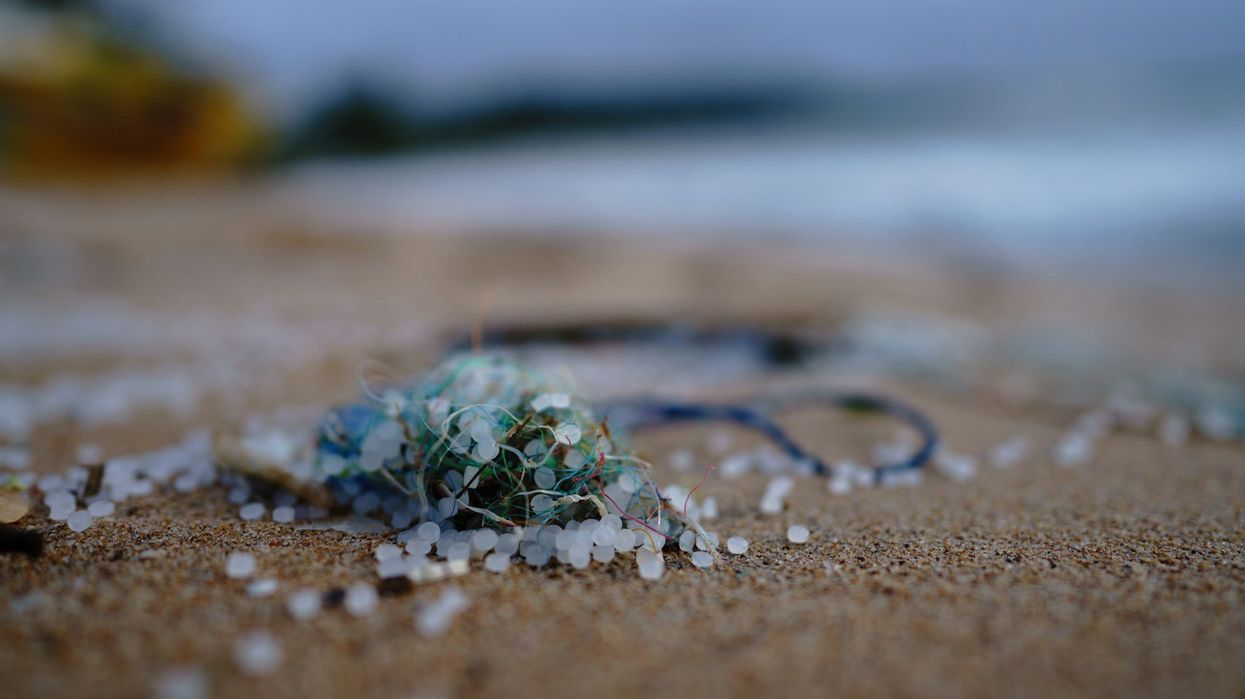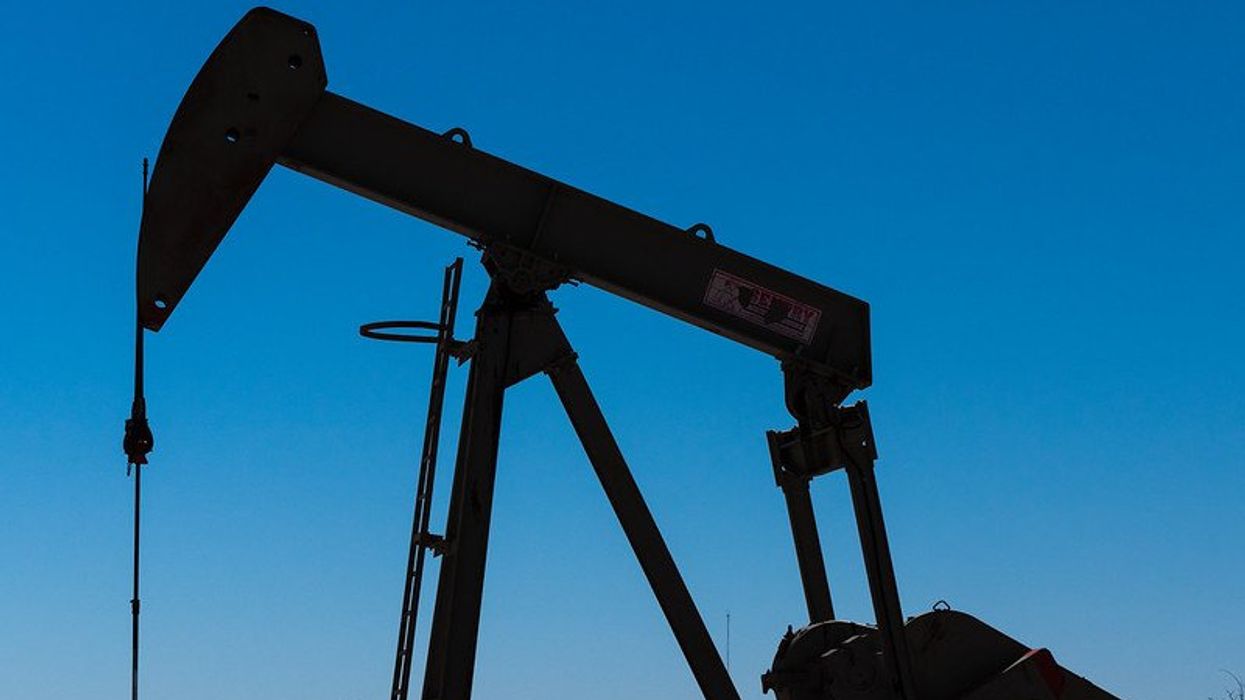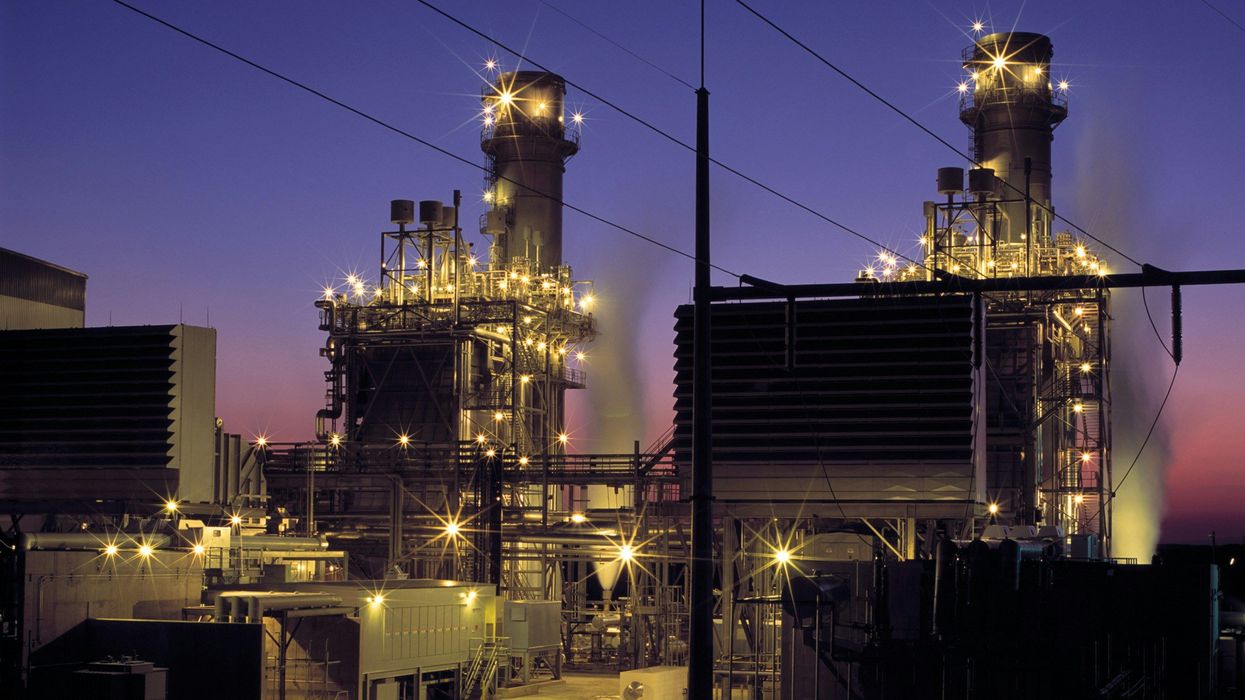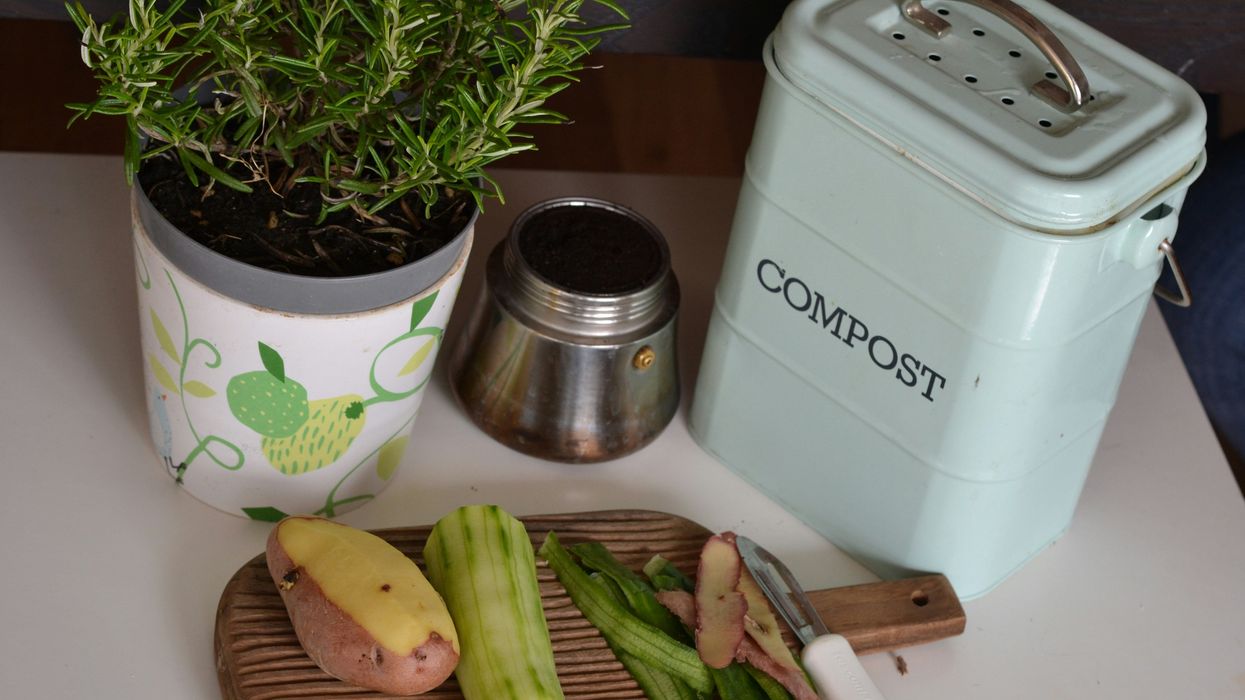A purported "eco-friendly" flame retardant breaks down into smaller, possibly harmful chemicals when exposed to heat and ultraviolet light, according to a study from German researchers.
The study, published today in Environmental Science and Technology, is the first to show that a popular insulation flame retardant degrades into dozens of smaller chemicals and casts doubt that the "green" flame retardant is as harmless as touted.
Scientists say it's the latest example of manufacturers discontinuing harmful chemicals only to produce replacement chemicals with similar structures and exposure concerns.
"This class of flame retardant is rapidly becoming among the most-used type of flame retardant in the world," Joe Charbonnet, science and policy associate at the Green Science Policy Institute, told EHN.
"And they break down into things that look just like old flame retardants," said Charbonnet, who was not involved in the new study.
The flame retardant chemical—mostly used in insulation products and marketed as Polymeric FR (or PolyFR)—was touted as "breakthrough sustainable chemistry" when released by manufacturer Dow Chemical Company in 2011.
In a press release the company called it the "next generation industry standard" for flame retardants. About 26,000 tons of the chemical are made each year.
Dow made these claims because, unlike previous flame retardants, Polymeric FR has larger molecules, which makes it less likely to get into wildlife and people and build up in their bodies, as former flame retardants were doing.
However, researchers from Germany report today that when the flame retardant is exposed to ultraviolet light it breaks down into 75 different compounds, and many of these breakdown products contain bromine. When they exposed the compound to high heat—about 140 degrees Fahrenheit—there were seven breakdown compounds formed, one of which contained bromine.
Breakdown compounds with bromine are quite similar in structure to the brominated flame retardants being phased out, such as PBDEs, that build up in the environment, wildlife and people and are linked to disturbing health impacts: altered brain development, hormone disruption, diabetes, negative effects on the liver, thyroid and nervous, immune and reproductive systems.
While the researchers didn't test whether or not the breakdown products were toxic to people, the similar structures are a red flag.
The smaller brominated compounds "might be harmful to humans, especially when exposed to a mixture of these degradation products over a long period of time," said Christoph Koch, lead author of the study and a researcher at the University of Duisburg-Essen, in a statement.
"We have to make smart inferences," Charbonnet said. "The [breakdown compounds] look like other things that we know are toxic."
In a statement published this week, Dow's Insulation Values defended their product and dismissed both the study and EHN's reporting on it.
"We agree with the author's own perspective that PolyFR may degrade differently when incorporated into polystyrene foam insulation. This acknowledgment clearly suggests that inferences made for PolyFR from the Koch study should be treated very carefully."
The statement says that since the flame retardant was "specifically for polystyrene foam insulation" any potential environmental impacts "should have been validated by studying degradation within polystyrene foam insulation, which was omitted in the scope of this study."
Regrettable substitutions
The authors point out Polymeric FR is mostly installed behind roofs and walls so probably wouldn't face much UV radiation, however, "the whole life cycle of a product should be considered," they write.
There could be UV, or heat-induced, breakdown of the insulation both prior to or during installation (think a hot attic) or after it is sent to a landfill.
And, given the high use of the compound, even small amounts of degradation could have big impacts.
"Even a loss of 1 percent of PolyFR's mass can lead to significant amounts of degradation products over several years," Koch said. "Given that [more than] 26,000 tons of PolyFR are produced each year, our research suggests that the environmental impact of this flame retardant is larger than anyone suspected."
Charbonnet said it's time to take "concrete steps to avoid whole classes of compounds."
"When one flame retardant chemical is revealed to be toxic, manufacturers replace it with a chemical cousin that turns out to be toxic, it's a phenomenon called regrettable substitutions," he said. "We need to stop calling these "greener"— at the very least, the jury is still out, more and, more likely, they don't have better health and environment outcomes."
Dow, in its Insulation Values statement, said it "absolutely reject[s] the inference from the Green Policy Science Institute, and reinforced in the article, that this is a regrettable substitution."
Editor's note: The Insulation Values' statement says we "find it unfortunate that EHN elected to reach out to us only after the article was published." This was an embargoed study and, as soon as the embargo was lifted, we contacted Dow with an opportunity to respond.
- Cleaning your house—and hands—helps reduce flame retardant ... ›
- Wildlife across the globe are polluted with flame retardants: Map - EHN ›
- You’re inhaling flame retardants on your morning commute: Study - EHN ›

















